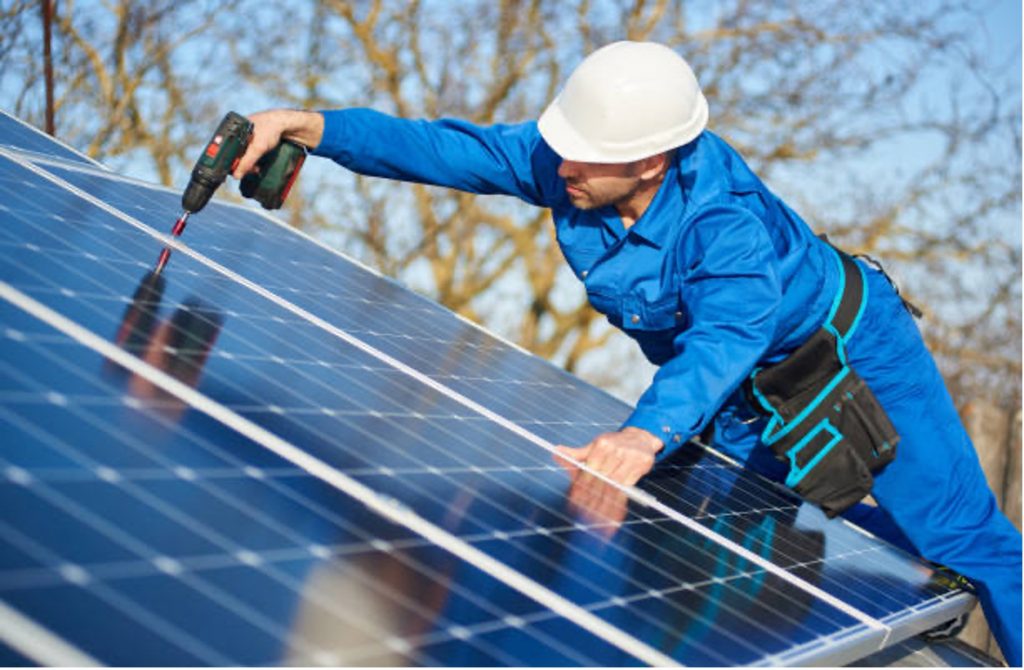How to Choose the Right Solar Power System

With the cost of solar power systems dropping every day, more and more homeowners are considering switching to solar energy. But with so many options on the market, how do you choose the right system for your needs? There are a few things you will need to consider before making your decision.
-
How Much Electricity Do You Use?
The first thing you need to consider is how much electricity you use. This will determine the size of the solar power system you need. A typical home uses about 30 kilowatt-hours (kWh) of electricity per day. This number can vary depending on the climate, the size of your home, and how energy-efficient your appliances are.
If you’re not sure how much electricity you use, Paso Robles solar company can help you do a free analysis of your energy usage and recommend the right system size for you.The team has expertise and knowledge that ensures solar users get value for their investment. This company serves California’s Central Coast, one of California’s strongest solar energy contributors.
-
What Is Your Budget for a Solar Power System?
The cost of solar power systems has come down significantly in recent years. But they still require a significant investment. You will need to decide how much you are willing or able to spend on your system.
Once you have considered these factors, you can start looking at the different solar power systems available. There are two main types of systems: grid-tied and off-grid.
Grid-tied systems are connected to the electrical grid. When your system produces more electricity than you are using, the excess electricity will get sent back to the grid. This can give you credits that can be used when your system is not producing enough electricity, such as at night.
Off-grid systems are not connected to the electrical grid. You will need batteries to store the excess electricity your system produces. These systems are more expensive and require more maintenance than grid-tied systems.
-
What Is Your Goal for Going Solar?
Are you looking to offset your electricity usage completely? Or are you just trying to reduce your carbon footprint? Your goals will help you determine the best type of system for your needs.
A grid-tied system may be the best option if you’re trying to reduce your carbon footprint. But if you’re looking to offset your electricity usage completely, an off-grid system may be better.
-
Warranty and Maintenance
Comparing the warranties and maintenance requirements when looking at different solar power systems is very important. Some solar panels come with a 25-year warranty, while others only have a 15-year warranty. And some manufacturers require that you have your system professionally serviced once a year, while others recommend that you do it yourself.
-
Local Rebates and Incentives
Be sure to check for local rebates and incentives that can help offset the cost of your solar power system. Many states and utility companies offer rebates for solar installations. And there are also federal tax credits available for residential and commercial installations.
Conclusion
Making the switch to solar energy is a big decision. But if you take the time to do your research, you’ll be able to find a system that’s right for you. And once you’ve made the switch, you’ll be able to enjoy all the benefits of using clean, renewable energy.







